Is your dream floor made of rich, natural hardwood—or could laminate’s style and value surprise you? Decode the secrets of hardwood vs laminate flooring to discover the best fit for your lifestyle, budget, and home’s design. Let’s challenge what you think you know and guide you to a stunning, lasting choice!
Are You Choosing Between Hardwood vs Laminate Flooring? Start Here
Choosing the ideal flooring for your home is about more than just looks—it’s about how the floor stands up to your daily life, your investment, and what it says about the space you love. The debate of hardwood vs laminate flooring isn’t simply aesthetic; it’s a crucial decision influencing your home’s comfort, durability, resale, and style statement. Whether you’re renovating your forever home or prepping a property for sale, understanding these flooring options is essential.
This guide dives deep into the core attributes that separate genuine wood floors from laminate floors, including cost, maintenance, longevity, and visual appeal. You’ll find practical examples of how each type of flooring performs in busy households, various climates, and distinct aesthetics. By exploring popular wood flooring styles, expert installation advice, and the lasting value you can expect, you’ll be ready to confidently select the best flooring option tailored to your needs.
-
Discover the critical differences between hardwood vs laminate flooring, what influences their performance, and how this guide will help you make an informed choice.
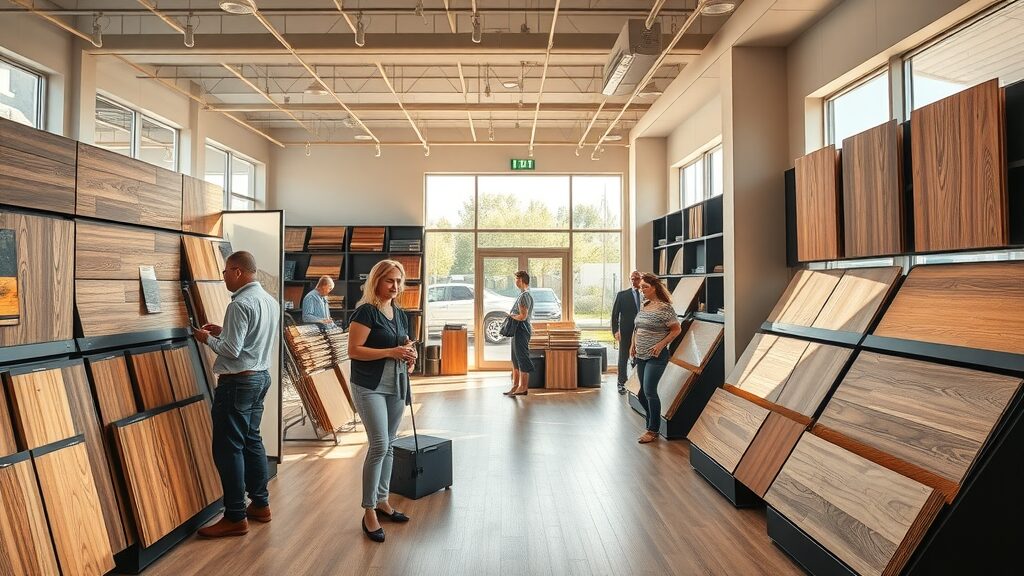
Understanding the Basics: Hardwood vs Laminate Flooring Defined
What Is Hardwood Flooring? Featuring Solid Hardwood & Engineered Wood Floors
Hardwood flooring is crafted from real wood—either as solid hardwood floorboards or as engineered hardwood, which sandwiches a hardwood veneer over layers of high-quality plywood. Solid hardwood exudes authenticity, natural beauty, and a sense of tradition, making it an aspirational choice for many homeowners. Each plank is a unique piece of nature, offering varied grain patterns, deep hues, and live knots that enhance its character.
Engineered hardwood combines a thin layer of real wood on top of a stable core, delivering the look and feel of solid wood with improved dimensional stability. This makes it less prone to warping from moisture. Both options can be sanded and refinished (solid more so), providing longevity and the ability to refresh your wood floor over decades. For those seeking a natural and timeless upgrade to their space, hardwood flooring remains a popular choice that adds substantial value to any property.
What Is Laminate Flooring? Exploring Laminate Floors Construction
Laminate flooring is designed for durability and visual versatility. It features several compressed layers: a moisture-resistant base, a high-density fiberboard core, a high-definition photographic layer that mimics real wood, and a tough wear layer that resists scratching and stains. Modern laminate floors capture the realistic appearance of natural wood flooring, sometimes fooling the keenest eyes at a glance, at a fraction of the cost.
One key advantage of laminate flooring is its wide choice of styles—ranging from weathered barnwood to sleek, exotic finishes—making it suitable for virtually any design scheme. Thanks to its tongue-and-groove construction, it’s often considered a top DIY flooring option, especially for busy areas or households on a budget. You won’t be able to refinish laminate like wood, but the best quality laminate floorboards have impressive longevity with proper care.
What You’ll Gain from Comparing Hardwood vs Laminate Flooring
-
Comprehensive insights into solid hardwood, laminate flooring, wood floor styles, installation tips, cost comparisons, durability evaluations, top FAQs, and expert purchase guidance.
By evaluating the pros and cons of hardwood vs laminate flooring , you’ll be able to prioritize features most important to your home—be it long-term value, style, or low upkeep. This side-by-side analysis ensures you won’t overlook critical details like scratch resistance, water sensitivity, real estate resale value, and the latest eco-friendliness certifications. Equip yourself with all you need to make the best flooring decision, from room-specific guidance to understanding industry jargon.
This guide supports your journey with expert tips, real-life case studies, and direct answers to common questions. Whether you’re a DIY enthusiast, a design aficionado, or a resale-focused homeowner, this comprehensive resource will help you navigate every step, from idea to installation.
Side-by-Side Comparison: Hardwood Floor vs Laminate Floor
|
Comparison of Features: Hardwood vs Laminate Flooring |
||
|
Feature |
Hardwood Flooring |
Laminate Flooring |
|---|---|---|
|
Durability |
Withstands wear and tear with proper care; can be refinished |
Resists scratches well; wear layer protects against dents and fading |
|
Appearance |
Unmatched natural beauty, unique wood grains, real wood feel |
High-definition wood imitations, wide variety of styles and finishes |
|
Maintenance |
Requires regular refinishing and careful cleaning (damp mop) |
Easy to clean; simple damp mop; no waxing or refinishing needed |
|
Installation |
Professional installation recommended; nail or glue-down |
Easy DIY click-lock or floating installation |
|
Cost |
Higher price tag per square foot |
Budget-friendly; lower initial cost per square foot |
|
Eco-Friendliness |
Can use certified sustainable wood; natural product |
Contains synthetic materials; some recyclable options emerging |
|
Best Applications |
Main living areas, bedrooms, formal spaces |
Basements, kitchens, high-traffic, commercial spaces |

The Visual Appeal: Natural Beauty of Hardwood Flooring vs Stylish Laminate Floors
Solid Hardwood Floor: Timeless Natural Beauty & Texture in Wood Flooring
One of the undeniable advantages of a solid hardwood floor is its natural beauty. Every plank tells a story, featuring subtle variations in color, grain, and texture that make each floor truly one-of-a-kind. These features add warmth, history, and luxury to any space, which is why wood floors have remained a popular choice for centuries. Whether you seek the rich tones of walnut, the golden hues of oak, or the striking grain of maple, hardwood delivers sophistication that stands the test of time.
Solid hardwood flooring develops a gentle patina with age that only adds to its charm. Homeowners can refinish their hardwood floors to update color or repair life’s little accidents, guaranteeing decades—sometimes centuries—of beauty with proper care. If your style leans classic, traditional, or you want to increase your home’s value, real wood flooring is among the best investments you can make.

Laminate Floor: High-Definition Finishes and Contemporary Appeal
While nothing quite matches the authenticity of real wood, laminate floors have made major technological strides in capturing wood’s intricate appearance. Thanks to advanced printing techniques, quality laminate flooring now delivers stunning, high-definition visuals. You’ll find options that mimic everything from rustic, reclaimed planks to crisp, pale Scandinavian finishes—making laminate a go-to for modern and eclectic interiors.
Laminate’s surface is engineered for consistent color and pattern, ideal for those seeking a seamless and low-maintenance look. Its contemporary appeal lies in its ability to reflect current design trends—cool grays, bold textures, and even exotic species can be found. If you want flooring that aligns with up-to-date styles, handles everyday traffic with ease, and is wallet-friendly, laminate flooring is an excellent choice.
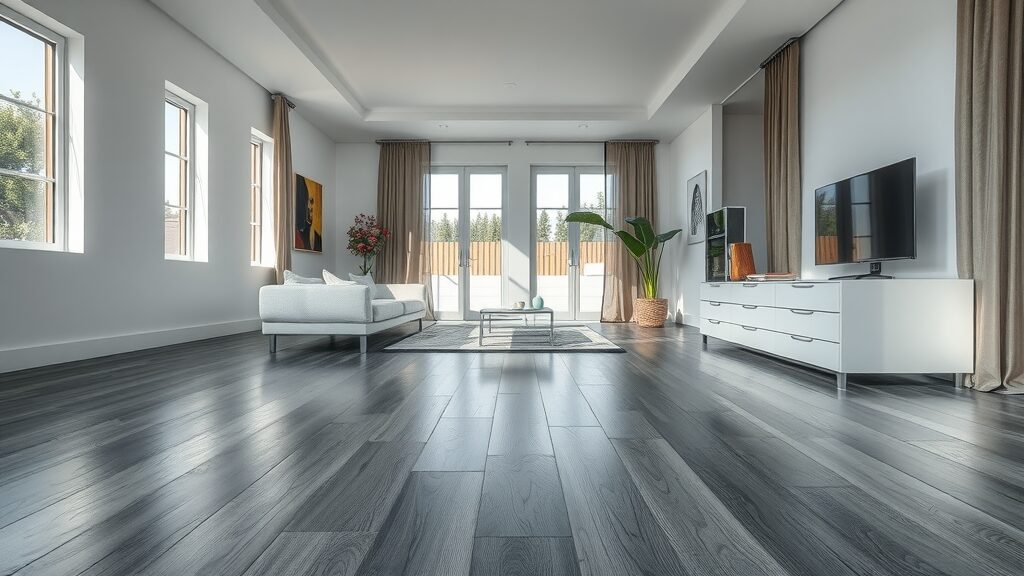
“Wood floors bring warmth, tradition, and unique character to any space.” – Flooring Design Expert
Installation Process: Hardwood vs Laminate Flooring
Installing Solid Hardwood Flooring: What To Expect
Installing solid hardwood flooring is a skilled process best left to professionals, especially if you want a flawless result that will last a lifetime. The subfloor must be dry, level, and properly prepped to prevent future problems like buckling or warping. Hardwood is typically nailed or glued down, requiring specialized tools and a steady hand to ensure tight seams and even rows. The process can be time-consuming, often taking several days depending on room size and layout.
While installation does require patience and a higher upfront investment, the payoff is a seamless wood floor full of character and strength. Once installed, hardwood can be sanded and finished on-site, allowing for customization in color and sheen. With the right care, professional installation lays the groundwork for decades of stunning, high-value wood flooring.
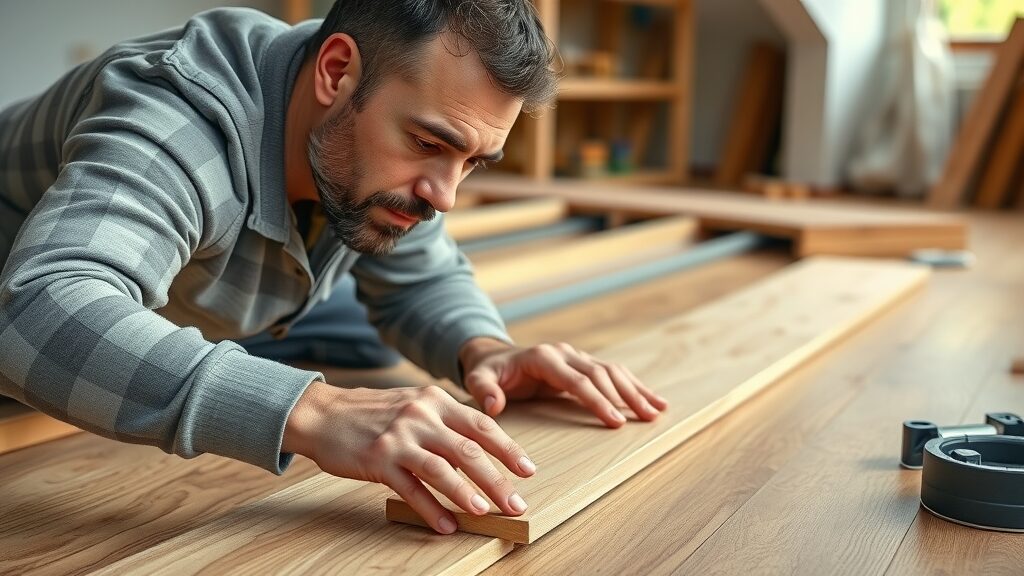
Installing Laminate Flooring: DIY Simplicity Meets Modern Design
Laminate flooring is famous for its DIY-friendly installation process. The boards are designed with click-lock or tongue-and-groove systems, snapping together easily without nails or glue. This floating installation means you can lay laminate over many existing surfaces, including concrete, plywood, or even old vinyl, making it an efficient upgrade for busy homeowners or those looking to save on labor costs.
Prep work is minimal, usually involving cleaning and possibly rolling out a thin underlayment to reduce noise and provide a moisture barrier. The result is a fast, clean installation—often completed in a day—that delivers contemporary looks with minimal disruption. Laminate’s individual planks are replaceable if damaged, ensuring lasting value for the hands-on homeowner.
Durability, Maintenance, and Wear: Hardwood Floor vs Laminate Floor
Handling Wear and Tear: Longevity of Solid Hardwood and Laminate Flooring
The way each floor handles wear and tear should be a top consideration. Solid hardwood floors can last 50 to 100 years or longer with proper care, largely because they can be sanded and refinished multiple times. However, hardwood is susceptible to dents and scratches from heavy furniture, high heels, or pet claws. Preventive measures—like area rugs and furniture pads—can minimize the impact and extend the hardwood floor’s life.
In contrast, laminate floors depend on a hard, transparent wear layer that resists many household scrapes and dings. While laminate resists fading and surface scratches exceptionally well, it cannot be refinished—the wear layer determines its lifespan. Depending on the quality, laminate floors generally last 10-30 years, making them a solid hardwood alternative for high-traffic or transitional spaces.
Maintenance Requirements: Keeping Hardwood and Laminate Looking Their Best
Caring for hardwood floors means regular sweeping, careful use of a slightly damp mop, and immediate attention to spills to prevent water damage or staining. Periodic refinishing is necessary to restore the wood’s surface and address deeper scratches or dullness. The payoff is a floor that stays inviting and beautiful for generations, especially with proper care routines and prompt repairs.
Laminate flooring excels in low-maintenance living. Just sweep or vacuum regularly, followed by a damp mop for a streak-free finish. Its sealed surface doesn’t require waxing or refinishing, making it ideal for families who crave easy upkeep. However, standing water should be avoided to preserve the core and prevent swelling or warping. A simple maintenance routine keeps laminate floors looking as sharp as the day they were installed.
Scratch Resistance and Water Sensitivity: Hardwood and Laminate Flooring Options
Scratch resistance is a selling point for both flooring options, but their performance varies by setting. Laminate flooring outperforms most hardwood when it comes to scratches and scuffs, making it a top choice for playrooms, pet spaces, or active entryways. Some premium products even offer waterproof or water-resistant guarantees, but it’s still best to promptly address wet spills to prevent future issues.
Conversely, hardwood flooring is less tolerant of standing moisture. While the surface can be treated to resist spills, water and humid conditions can cause swelling, cupping, or discoloration if not addressed quickly. Hardwood works best in dry, climate-controlled rooms with suitable moisture-resistant finishes. When cared for, hardwood’s natural beauty and resilience provide enduring satisfaction to homeowners.
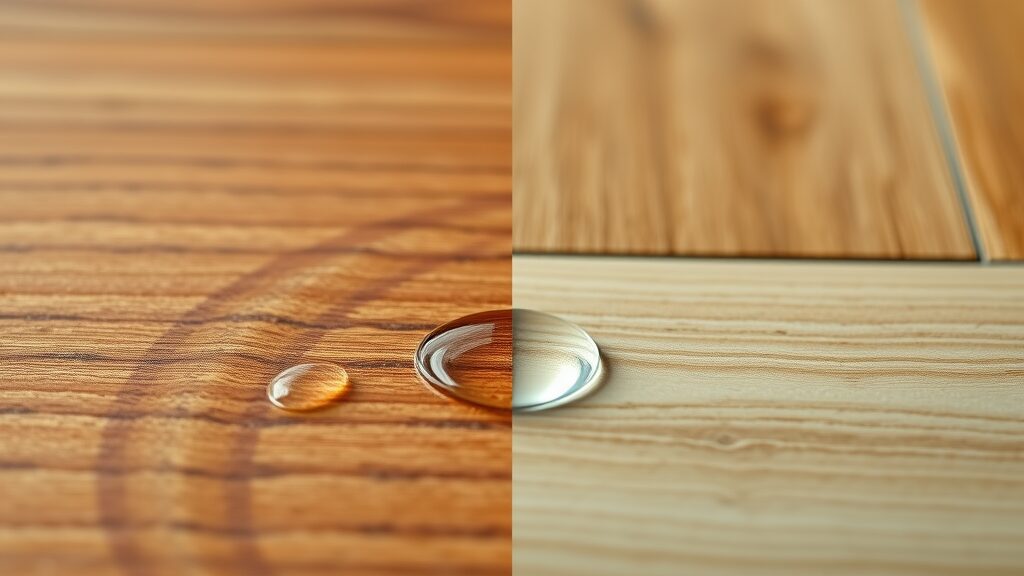
Cost Analysis: Hardwood vs Laminate Flooring Investment
Initial Cost: Hardwood Flooring vs Laminate Cost Per Square Foot
Cost is often a deciding factor when choosing between hardwood and laminate. Hardwood flooring commands a premium price tag—usually starting around $7 to $15 or more per square foot installed, depending on the wood species and finish. Exotic or premium options may run much higher, reflecting the unique beauty and longevity of the material. Professional installation, subfloor prep, and potential refinishing should also be factored in for a true total.
Laminate flooring , by contrast, offers substantial savings, with quality products typically ranging from $2 to $7 per square foot, including installation. Since the installation is often done as a DIY project, homeowners can save considerably on labor. For those on a tight budget or covering large areas, laminate provides an affordable way to refresh interiors without sacrificing style.
Long-Term Value: Hardwood and Laminate Flooring Resale Pros and Cons
While laminate floors offer a lower upfront cost, hardwood flooring often provides superior long-term value. Real wood floors are highly prized in the real estate market, consistently boosting resale values and drawing in buyers willing to pay extra for their natural beauty and durability. Hardwood floors, when maintained, remain a sought-after amenity in listings and can give your property an edge.
Laminate flooring is best seen as a short- to mid-term investment, offering modern looks and functionality for the price-conscious. Laminate’s appeal in rental units, commercial spaces, or quick renovations is undeniable, but it rarely matches real wood’s impact on long-term resale value.
Environmental Impact: Eco-Friendliness in Wood and Laminate Floors
Sustainable Wood Flooring Options and Certifications
Eco-conscious consumers can choose certified sustainable hardwood flooring . Look for products with FSC (Forest Stewardship Council) or SFI (Sustainable Forestry Initiative) certification, ensuring the wood is responsibly harvested with minimal environmental impact. Engineered hardwood often maximizes the use of timber, making it a greener option within the solid wood flooring family.
Reclaimed solid hardwood floors give new life to salvaged beams and boards, minimizing waste and supporting historic character. With careful sourcing, hardwood flooring can be a renewable, low-VOC, and long-lasting addition aligned with green building standards.

Laminate Flooring’s Environmental Footprint
Laminate floors are a composite product, often utilizing recycled wood fibers for their core. While this can reduce demand for virgin lumber, the resins and adhesives used in construction may release VOCs, making some products less eco-friendly. However, many leading manufacturers now create low-VOC, recyclable, and Greenguard-certified products that meet stricter indoor air quality guidelines.
Consumers prioritizing green materials should always check for independent certifications and recycling programs. While laminate flooring isn’t as renewable as real wood, mindful purchasing and responsible disposal practices can help lower its environmental footprint.
Popular Styles: Hardwood Floors and Laminate Flooring Designs
-
Most sought-after colors and finishes in real wood flooring and modern laminate flooring.
Today’s hardwood flooring trends highlight wider planks, matte finishes, and lighter tones like white oak and birch for an airy, timeless effect. Classic choices like rich walnut or red oak remain popular among traditionalists. In laminate flooring , modern gray hues, weathered finishes, and herringbone or chevron patterns are especially sought after, allowing homeowners to achieve bold or subtle effects that mimic rare and exotic woods.
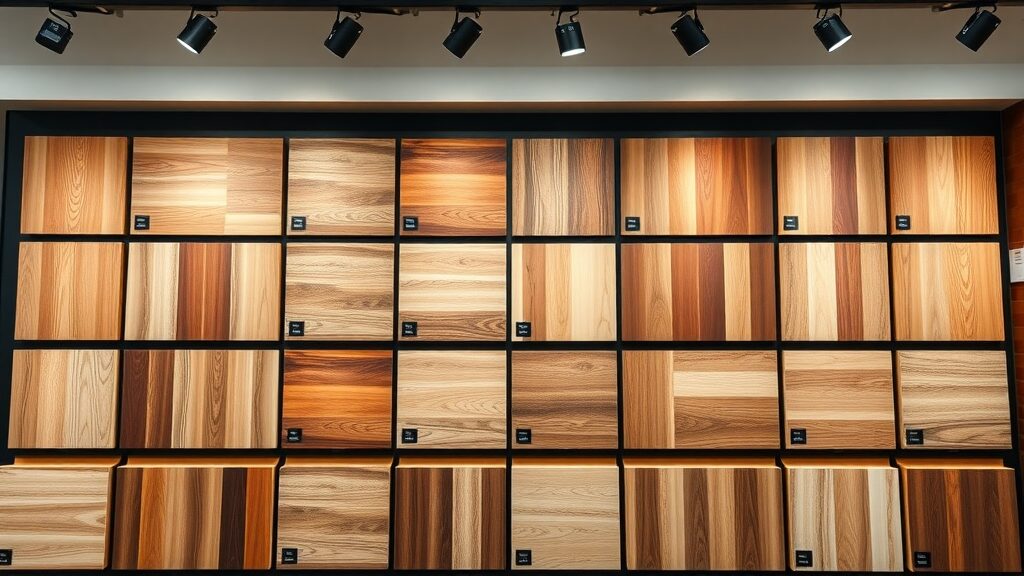
Room-by-Room Recommendations: Choosing Hardwood or Laminate Flooring
-
Best rooms for solid hardwood: living room, dining room, bedroom
-
Ideal spaces for laminate: basements, kitchens, high-traffic areas
If you’re updating a formal living room, dining space, or master suite, hardwood floors elevate elegance and value, making them a top flooring option for low-moisture areas. Bedrooms and hallways also benefit from the natural warmth, quiet, and underfoot comfort of wood flooring.
For basements, utility spaces, or busy family kitchens where spills, kids, or pet claws are common, laminate flooring shines. Offering durability and waterproof options, laminate floors can handle life’s messiest moments with style, making them a practical choice in active households or commercial environments.
Real Homeowner Experiences: Hardwood and Laminate Floor Case Studies
“After years of use, our hardwood floor still looks new—with a little extra care, it’s worth the investment.” – Homeowner in Missouri
Many homeowners report that while initial costs for hardwood were higher, their satisfaction and pride in ownership have only grown. Proper care, refinishing, and responsible use can make the floor look beautiful decade after decade. On the other hand, families with young children and pets celebrate laminate for its ability to withstand playtime accidents, muddy paws, and the relentless pace of household traffic—all while keeping their spaces looking fresh for years.
Both flooring options receive high marks for transforming the feel and function of spaces, but the decision often comes down to balancing aesthetics, lifestyle demands, and budget realities.
Pro Tips for Selecting Between Hardwood vs Laminate Flooring
-
Assess your home’s traffic level – High-traffic homes or families with pets may lean toward laminate; formal or low-traffic rooms are ideal for hardwood.
-
Consider allergy concerns – Wood and laminate floors are both hypoallergenic and easy to keep dust-free, but avoid carpets and focus on low-VOC options.
-
Evaluate long-term vs short-term needs – Hardwood is ideal if you plan to stay for years; laminate is perfect for fast improvements or rentals.
-
Match flooring to décor preference – Decide if timeless character (hardwood) or trendy, bold looks (laminate) suit your vision.
-
Account for budget and installation time – Laminate flooring wins for speed and savings; hardwood is an investment in craftsmanship and value.
Which is better, laminate or hardwood flooring?
Expert Comparison: Unpacking Performance and Value
The answer depends on your priorities. Hardwood flooring leads in natural beauty, longevity, and long-term value, especially in home resale and luxury appeal. On the flip side, laminate flooring excels at resisting scratches, accommodating tight budgets, and offering on-trend looks. Homeowners seeking a lifetime investment or the unmistakable feel of real wood should choose hardwood floors, while those needing quick, affordable updates—especially in active, family-centered environments—will benefit most from the advantages of laminate.
Ultimately, the best flooring option is the one that fits your family, lifestyle, taste, and future plans.
What is the downside to laminate flooring?
Critical Drawbacks and Considerations
Laminate flooring’s key disadvantage lies in its inability to be refinished—once the wear layer is worn through or severely damaged, replacement is necessary. It can feel less authentic underfoot, and lower-quality products may have synthetic or hollow sounds. Laminate can also be sensitive to water damage if standing water invades seams or if installation is improper, leading to swelling or delamination. For spaces demanding authenticity, longevity, or luxury, real wood floors outshine laminate, but for quick beauty on a budget, laminate remains a top contender.
What is the downside of wood flooring?
Solid Hardwood Floor Maintenance and Cost Factors
Hardwood flooring requires a significant upfront investment and professional installation. Maintenance can be demanding—spills must be addressed quickly, and the surface may need to be refinished over time. Susceptibility to scratches and water damage means homeowners must be proactive about protection. In humid or moisture-prone areas, solid hardwood can warp, making it a less practical solution for basements and bathrooms. However, many homeowners believe the timeless appeal and resale value outweigh these drawbacks, especially for long-term living.
Is hardwood better than laminate for resale value?
Resale Value Analysis: Hardwood Flooring vs Laminate Flooring
Yes— hardwood floors consistently yield higher resale value in real estate markets. They are a sought-after amenity, often justifying a premium price tag for buyers and reducing time on the market. Laminate can visually replicate hardwood but rarely delivers the same long-term investment premiums. If maximizing property value is your end goal, investing in hardwood flooring is the superior choice for long-term gains.
Frequently Asked Questions on Hardwood vs Laminate Flooring
-
Can you refinish laminate floors?
No—laminate’s surface is a protective wear layer over a printed design and cannot be sanded or refinished. Replacement is necessary once it’s worn or damaged. -
How long does solid hardwood last?
With proper care, a solid hardwood floor can endure for generations—often 50 to 100 years or more with periodic refinishing and maintenance. -
Are laminate floors water-resistant?
Many quality laminate floors are water-resistant, but not waterproof. It’s important to clean up spills promptly to prevent swelling or warping at the seams. -
What about pets and children?
Both laminate and hardwood offer hypoallergenic surfaces. Laminate’s tough wear layer resists scratches from claws and spills from kids, while hardwood rewards proper care with lasting beauty.
Video Comparison: See Hardwood vs Laminate Flooring in Action
Video Walkthrough: How to Choose the Best Flooring for Your Space
Hardwood vs Laminate Flooring Key Takeaways
-
Hardwood offers unmatched natural beauty and longevity
-
Laminate is budget-friendly and easy to install
-
Choose based on room usage, durability needs, and budget
Ready for Beautiful Floors? Get Your Hardwood or Laminate Flooring Quote
Get quality flooring and 5-star service—call HomeTown Floors today at (636) 244-4951 or book online at www.hometownfloorsonline.com !
When deciding between hardwood and laminate flooring, it’s essential to understand their differences to make an informed choice. The article “Laminate vs. Hardwood Flooring: Which Should I Pick?” provides a comprehensive comparison, detailing aspects such as material composition, durability, maintenance, installation, cost, and environmental impact. It highlights that while hardwood offers natural beauty and longevity, laminate provides affordability and ease of installation. ( homedit.com )
For a detailed analysis, “Laminate Vs. Hardwood Flooring: Major Differences” by Forbes Home delves into key distinctions, including appearance, comfort, maintenance, and resale value. This resource emphasizes that hardwood flooring enhances home value and aesthetics, whereas laminate offers practical benefits like scratch resistance and cost-effectiveness. ( forbes.com )
If you’re serious about selecting the right flooring for your home, these resources will provide valuable insights to guide your decision.
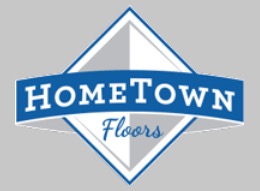

Leave a Reply